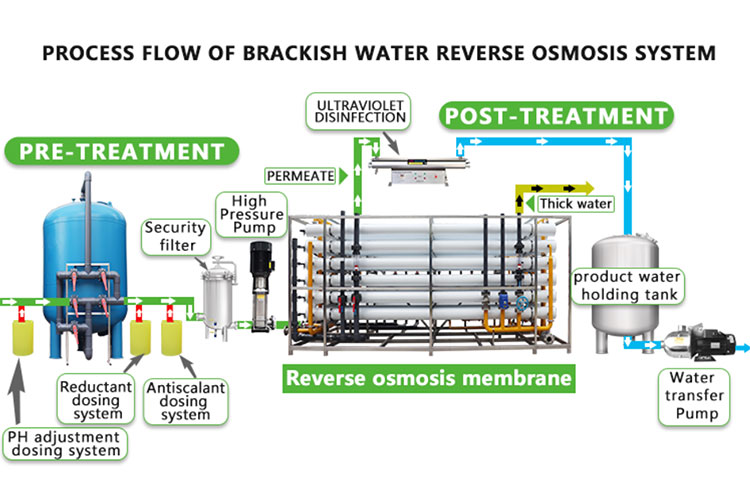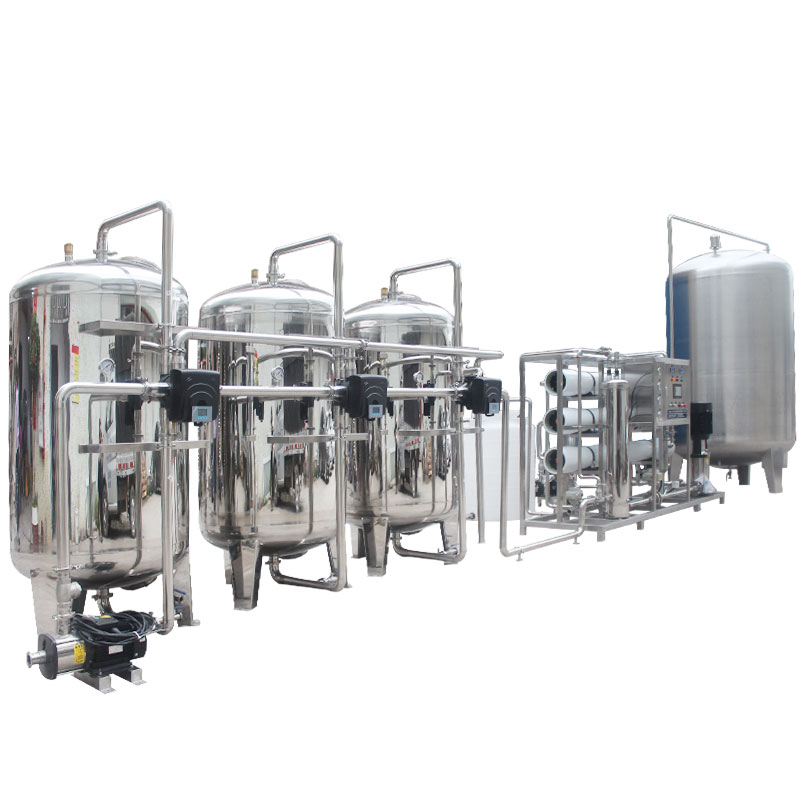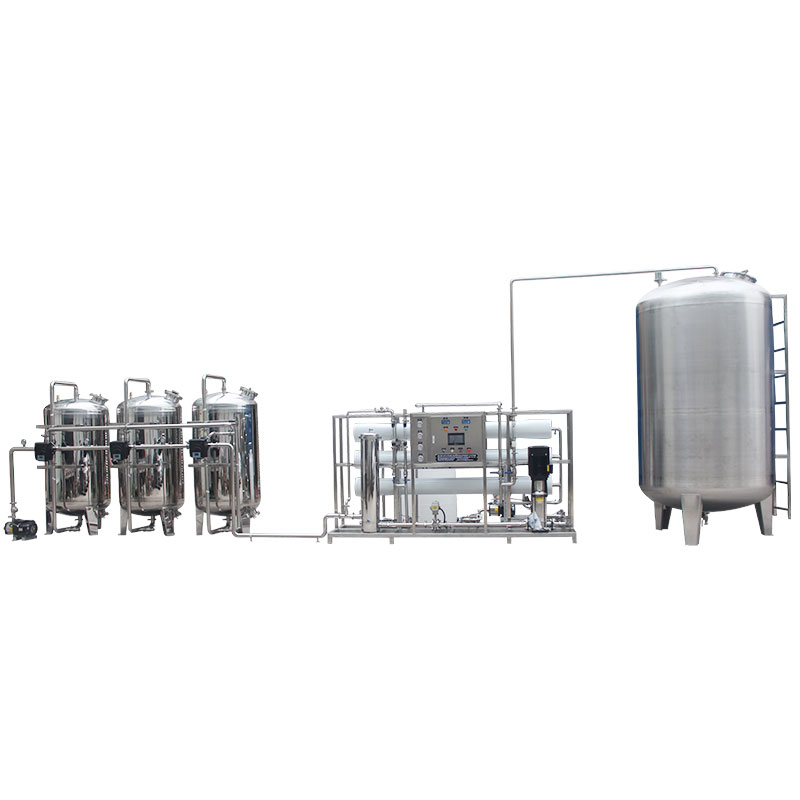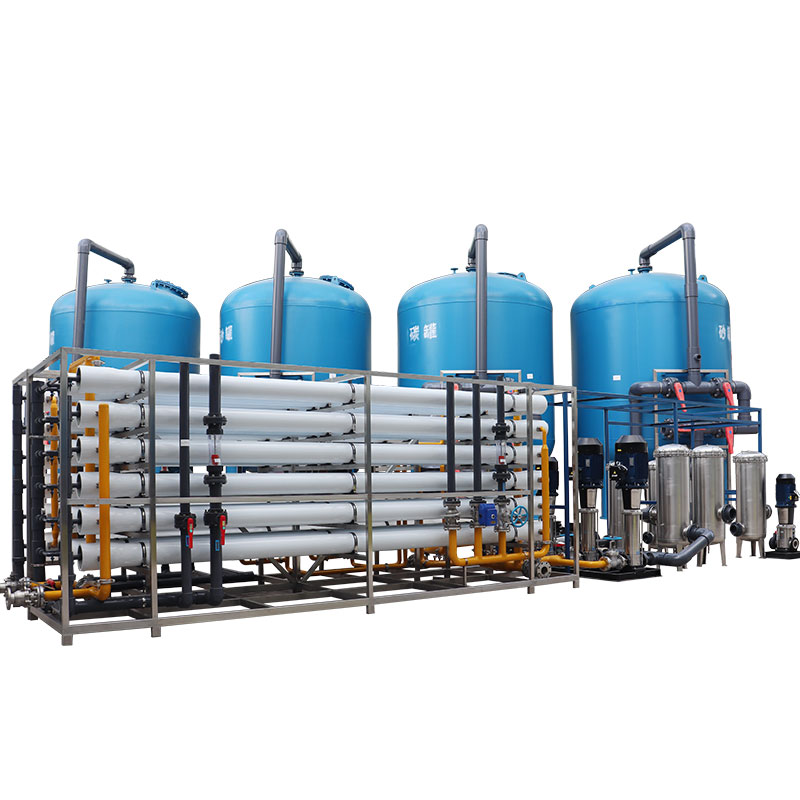What are screening and aeration in water treatment?
Water treatment is a key step to ensure water quality safety and environmental protection, and is of great significance in areas such as urban water supply, industrial production and wastewater treatment. Screening and aeration are two common and important steps in the water treatment process.
This article will explore in detail the role, principle and key functions of screening and aeration in water treatment in different applications.

What is screening in water treatment?
Screening is a preliminary step in water treatment, which aims to remove larger suspended matter and impurities in water, such as leaves, plastic bags, branches, sand and stones. This step plays an important role in protecting subsequent treatment equipment, improving treatment efficiency and reducing the content of solid matter in water.
What is the principle of water treatment screening?
The basic principle of screening is to intercept large particles of impurities in water through physical barriers (such as screens or grilles), while allowing smaller particles and water to pass through. This process does not involve any chemical reaction or biological treatment, and relies entirely on physical interception and separation.
Screening is an essential step in the pretreatment stage of urban sewage treatment plants, industrial wastewater treatment systems and water plants. Through screening, the treatment system can effectively prevent large particles from clogging pipes, pumps and other equipment, reduce equipment wear and failure rate, thereby extending equipment life and improving treatment efficiency.
Common screening equipment
Depending on the treatment needs and water quality, there are many types of screening equipment. The following are several common screening equipment:
● Coarse screen: Coarse screens are usually used to remove large impurities in the water, such as branches, plastic bags and gravel. The bar spacing of the coarse screen is generally larger, about 20-100 mm, which is suitable for treating water flows containing larger solid impurities.
● Fine screen: The bar spacing of the fine screen is smaller, usually between 1-20 mm, and is used to remove smaller suspended matter in the water, such as paper scraps and small pieces of plastic. The fine screen is usually located after the coarse screen as a further screening step.
● Rotary screen: The rotary screen is a dynamic screening device that continuously filters the water flow through a rotating screen. The aperture of the rotary screen can be adjusted according to the treatment needs, and it is suitable for removing smaller suspended matter and fibrous materials in the water.
● Drum screen: Drum screen is a cylindrical screen device that separates suspended matter in water through a rolling screen. Drum screens are often used to treat fibers and solid particles in industrial wastewater.
The role of screening in water treatment
The main roles of screening include the following aspects:
● Removal of large suspended particles: Through physical interception, screening effectively removes large impurities in the water and reduces the burden of subsequent treatment stages.
● Protect treatment equipment: Screening can prevent large particles from entering subsequent treatment equipment, avoid equipment blockage and wear, and extend the service life of equipment.
● Improve treatment efficiency: By removing large suspended particles, screening can improve the efficiency of subsequent treatment stages such as sedimentation, filtration and biological treatment.

What is aeration in water treatment?
Aeration is a commonly used oxidation step in water treatment. By introducing air or pure oxygen into the water, the dissolved oxygen content in the water is increased, thereby promoting the degradation of organic matter and the oxidation and removal of harmful substances. Aeration is widely used in sewage treatment, biological treatment and water body remediation.
What is the principle of aeration in water treatment?
The basic principle of aeration is to introduce air or pure oxygen into water through physical means (such as bubbles, stirring or injection) to increase the dissolved oxygen content in the water. Dissolved oxygen is an important factor for the survival of microorganisms and the degradation of organic matter in water. Therefore, the main role of aeration in water treatment is to provide oxygen for biological treatment and promote the oxidative removal of harmful substances.
Aeration is generally divided into two types: surface aeration and submersible aeration. Surface aeration introduces air into the water through equipment on the water surface, such as fountains or mixers; submersible aeration injects gas directly into the water body through underwater equipment, such as bubble aerators or jet aerators.
Types of aeration equipment
The choice of aeration equipment depends on the treatment needs, system design and water quality. The following are several common aeration equipment:
● Surface aerator: Surface aerators are usually used in large water treatment systems to introduce air into the water through mechanical stirring or injection. Surface aerators are suitable for biological treatment tanks in lakes, reservoirs and wastewater treatment plants.
● Submersible aerator: Submersible aerators inject air or oxygen directly into the water body through bubble generators or ejectors installed underwater. Submersible aerators are suitable for deep water pools or treatment systems that require efficient oxidation.
● Micro-nano bubble generator: Micro-nano bubble generators introduce air or oxygen into water by generating tiny bubbles, increasing the contact area and mass transfer efficiency of dissolved oxygen. Micro-nano bubble generators are suitable for systems that efficiently treat organic pollutants or increase dissolved oxygen.
● Tubular aerator: Tubular aerators are long tubular devices that are usually installed at the bottom of a pool. Gas is injected into the water through micropores on the tube wall to form a uniform bubble upwelling. Tubular aerators are suitable for biological treatment pools or water body restoration projects that require uniform aeration.
The role of aeration in water treatment
The main functions of aeration include the following aspects:
● Increase dissolved oxygen in water: Through aeration, the dissolved oxygen content in water increases significantly, providing sufficient oxygen for microorganisms and promoting the biodegradation of organic matter.
● Promote the oxidation of organic matter: In biological treatment systems, aeration not only provides oxygen, but also accelerates the degradation and removal of organic matter by enhancing the oxidation reaction rate.
● Reducing harmful substances: Aeration can promote the oxidation and removal of harmful substances in water (such as ammonia nitrogen, hydrogen sulfide, etc.), and reduce the toxicity and odor of water bodies.
● Adjusting pH value: In some water treatment systems, aeration can also adjust the pH value of water bodies and improve water quality stability by removing acidic gases such as carbon dioxide.

The synergistic effect of screening and aeration in water treatment
In the actual water treatment process, screening and aeration are usually used as synergistic steps to jointly ensure that the water quality meets the standards. Screening creates favorable conditions for subsequent treatment steps by removing large particles of suspended matter; while aeration improves the removal efficiency of organic matter and harmful substances in water by increasing dissolved oxygen and promoting oxidation reactions.
Through screening, large impurities and suspended matter in the water are effectively removed, thereby reducing the burden on the aeration equipment and avoiding the risk of equipment blockage and wear. The water quality after screening is relatively clean, which helps the stable operation and efficient work of the aeration equipment. Aeration provides sufficient oxygen for microorganisms in the water to promote their degradation of organic matter. Screening removes most of the difficult-to-degrade suspended matter, making the residual organic matter in the water easier to be decomposed by microorganisms, thereby improving the effect of biological treatment.
The combined use of screening and aeration can effectively ensure the stability of the water treatment system. Screening removes large particles of impurities to avoid equipment failure; aeration provides the necessary oxygen and oxidation environment to ensure the smooth progress of the treatment process. The two complement each other and work together to ensure that the final water quality meets the discharge or use standards.

What are the operating precautions for screening and aeration?
Screening equipment such as grids and screens are easily blocked by impurities, so they need to be checked and cleaned regularly to ensure their normal operation. If the screening equipment is blocked, it may cause poor water flow and affect the efficiency of subsequent treatment steps. The operating parameters of the aeration equipment, such as gas flow, bubble size, and aeration time, should be adjusted according to the water quality and treatment needs. Excessive or insufficient aeration will affect the treatment effect, so it should be optimized through experiments or monitoring data.
The dissolved oxygen level is an important indicator of the aeration effect, and the changes in dissolved oxygen in the water should be mastered through online monitoring or regular testing. If the dissolved oxygen level is too low, it may be necessary to increase the aeration intensity or adjust the location and operation mode of the aeration equipment. In some cases, the screening equipment may capture harmful substances such as grease or chemicals. If these substances are not properly handled, they may cause secondary pollution. Therefore, impurities in the screening equipment should be properly disposed of to avoid further impact on the environment.




